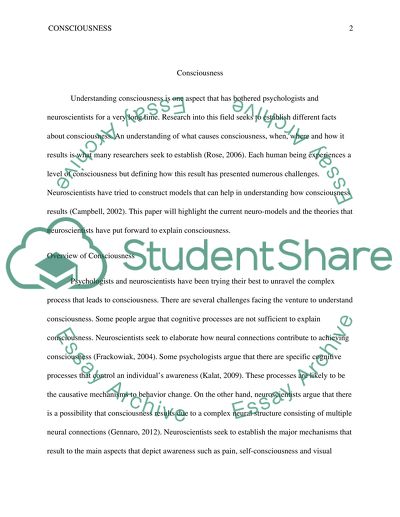How is consciousness addressed within the perspective of cognitive Essay. Retrieved from https://studentshare.org/psychology/1458626-how-is-consciousness-addressed-within-the
How Is Consciousness Addressed Within the Perspective of Cognitive Essay. https://studentshare.org/psychology/1458626-how-is-consciousness-addressed-within-the.


